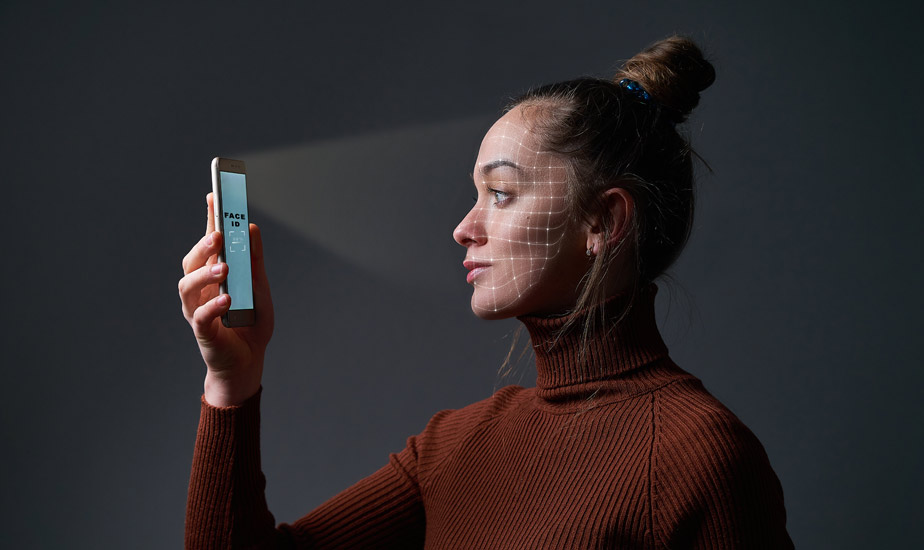Facebook AI is now capable of ‘opening’ eyes in photos where they’re closed
BY DIAMOND NAGA SIU
Facebook wants to open your eyes in photos where they’re closed — and now it can.
A pair of Facebook engineers have come up with an artificial intelligence tool that fixes people’s closed eyes in photos, a research paper published this week by the social media company revealed.
The 10-page paper likened the method to other photo retouching methods such as removing blemishes and red-eye corrections.
Although the idea is still in its research phase, it’s the first technology of its kind that “fixes” closed eyes in photos while taking into account uncontrollable variables like lighting. Adobe, the leading photo editing software, does not have the capability to do that yet.
Although it’s still unclear whether Facebook will ever use this method to fix photos on the social network, the breakthrough could feasibly present privacy concerns for its users. The company is already undergoing a class-action lawsuit opened in April over using AI facial recognition technology without users’ permission to suggest tagging them in photos.
The people suing claimed Facebook’s feature violated laws that prohibited companies from gathering people’s biometric data without their permission. And this new editing function solely relies on collecting, using, and scrutinizing user biometric information.
The technology works by training the artificial intelligence with photos of people with their eyes open, taking in factors like eye shape and color, and then the software can use that data to transfer “open eyes” onto people’s blinking photos. The Silicon Valley researchers, Brian Dolhansky and Cristian Canton Ferrer, call this process in-painting.
But it’s still not perfect.
The in-painting technology was unable to successfully put open eyes on blinking faces at “extreme” angles, people with sunglasses and other non-front facing, unobstructed eyes. The Facebook researchers believe, however, this can be solved by training the technology with more “variable-sized masks” — or what essentially means a greater variety of faces and settings.
Without additional training, this could become reminiscent of Nikon’s (somewhat racist) face-detect feature from 2010, which would ask “did someone blink?” for pictures of East Asian people with smaller eyes and more recently in 2016 when a New Zealand passport robot would not accept an East Asian man’s photo, because it thought his eyes were closed (spoiler alert: they were not). We can’t wait to see what Facebook does with this powerful new tool, and whether it’s ever to make this usable for its 2.2 billion monthly active users.
(See original article at mashable.com)



